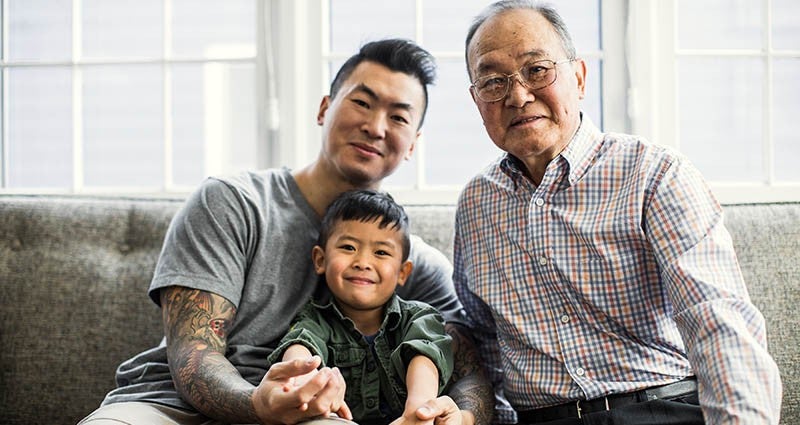The sandwich generation: how not to forget yourself

We are a population of caregivers.
We take care of children, spouses, our homes and our pets. Increasingly, people in the middle of their lives (those aged 35-55) are being called to provide care for their aging parents and relatives while still caring for their younger family members.
Today, caretakers often get stuck in the middle, helping parents and children. Hence the term “sandwich generation.” As people are living longer and having kids later in life, this group is growing.1
What it takes
Any of these jobs could take all your spare time. Combining the needs of younger and older family members can be overwhelming. Add in balancing your professional demands, and it’s extra stressful.
You’re tasked with organizing on multiple levels. You’re often requested to be in more than one place at the same time. No party in this equation wants their needs relegated to second (or third) place. And there is the emotional toll to consider.
Who takes care of you?
Anyone who has flown on an airplane has heard the instruction. Put on your own oxygen mask before helping others. This one statement is the central tenet of self-care.
Take the time to consider all that you’re going through physically and emotionally. Coming to terms with that requires an emotional investment. Sadly, both jobs last for a limited time. The reversal of roles with a parent is one part grief, one part gratitude, maybe even one part anger.
Recognizing that you also have needs in this equation starts you on the right path. Like your younger and older family members, you may also need mental and physical support to get through this time.
Steps to take
Self-care is not selfish. There are ways you can take care of yourself and others by being conscious of your needs.
- Be self-aware. Understand your own needs—physical and emotional. Prioritize them.
- Leverage technology to manage calendars, create appointment reminders and store information.
- Set boundaries. Don't be available round the clock. Communicate the times you are available and times you need for yourself.
- Learn coping skills to manage stress.
- Stay healthy. Remember you need sleep, nutrition and exercise. A healthier you is a healthier caregiver.
- Be open about your own limitations. Practice honest conversations with kids and parents.
- Practice gratitude. Be thankful for the chance to serve as a caregiver. Appreciate the small moments.
The goal is to be the caring, thoughtful family member you know you can be without losing yourself.
Putting yourself first on occasion is not selfish, it's called self-care. Discover how to thrive while caring for yourself.
1https://www.caregiving.org/wp-content/uploads/2020/05/NAC-CAG_SandwichCaregiving_Report_Digital-Nov-26-2019.pdf
https://www.teladoc.com/health-talk/thriving-with-self-care/
You may not be eligible for all services. Log in to view the benefits included in your plan.
Was this article helpful?
Sign up to unlock your health, your way at no cost to you.
This content is not intended to be a substitute for professional medical advice, diagnosis or treatment. Always seek the advice of your physician or other qualified health provider with any questions you may have regarding a medical condition.
